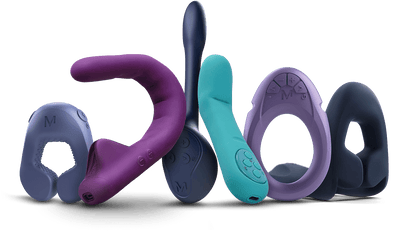Society has long been accustomed to the perception of gender as a binary concept, encompassing exclusively male and female roles. However, the vast spectrum of human experience transcends these rigid boundaries, highlighting the need to explore and understand the complexities of non-binary identities.
Non-binary individuals are those who do not identify exclusively as male or female. Their gender identity may encompass a mix of both, fluidly shift between genders, or exist outside the binary concept altogether.
Join us on this exploration of non-binary identities as we strive to unpack various aspects of non-binary experiences, shatter common misconceptions, and provide tangible pointers on supporting and validating non-binary individuals.
Understanding non-binary gender identities
To delve into the realm of non-binary identities, it's essential to grasp the key concepts and variations that reside beneath the umbrella term "non-binary." Genderfluid, agender, bigender, and genderqueer are some examples of non-binary identities with distinct manifestations:
- Genderfluid: Individuals who identify as genderfluid experience a fluid shift between different gender identities over time. These shifts can occur daily, monthly, or at any other interval and can include a broad range of gender identities.
- Agender: Agender individuals either feel no connection to any gender or simply disregard the concept of gender altogether.
- Bigender: Bigender people identify with two different gender identities simultaneously, often involving the traditional male and female binary, but not exclusively.
- Genderqueer: This term often serves as an umbrella term for non-binary individuals but can also refer to someone who identifies as a different gender than male or female.
Debunking common misconceptions about non-binary people
Understanding non-binary individuals necessitates addressing common misconceptions that contribute to misunderstandings, prejudice, and discrimination:
1. Non-binary is a modern invention or trend
Non-binary identities have existed throughout history in various cultures, even if the specific terminology is new. Recognizing non-binary people's historical presence enhances our understanding of gender as a diverse spectrum.
2. Non-binary individuals are seeking attention or special treatment
Just like anyone else, non-binary individuals strive to express their authentic selves and live fulfilling lives, not to garner attention or special privileges.
3. All non-binary people are androgynous or reject gendered expressions entirely
While some non-binary individuals choose to present androgynously, others may have gendered expressions that don't align with their gender identity. It's crucial to respect each person's unique presentation, without making assumptions.
Supporting and validating non-binary individuals
Creating an inclusive space for non-binary individuals requires empathy, understanding, and intentional language use:
- Familiarize yourself with terminology: Educate yourself about non-binary terms and concepts to better understand and respectfully interact with non-binary individuals.
- Use preferred pronouns: Always use the pronouns that a non-binary person has specified, whether they/them, he/him, she/her, or other gender-neutral pronouns. If unsure, politely and privately ask for clarification.
- Be inclusive in your language: Avoid using gendered language or defaulting to binary assumptions. Opt for gender-neutral language that embraces all gender identities.
Navigating relationships with non-binary individuals
Building strong, healthy, and respectful relationships with non-binary individuals requires open communication, understanding, and support:
- Communicate openly: Just like in any relationship, communication plays a crucial role. Maintain an open dialogue about gender identity, expectations, and feelings to foster mutual understanding and trust.
- Respect boundaries: Non-binary individuals, like everyone, have personal boundaries based on their experiences and identities. Recognize and respect these boundaries in your interactions, and establish clear boundaries together.
- Celebrate their identity: As you build your relationship, take time to acknowledge, validate, and celebrate the non-binary person's gender identity, experiences, and unique perspectives.
Takeaway
Understanding and embracing non-binary identities deepens our appreciation for the vast spectrum of human experiences and enables us to move towards a more inclusive, empathetic, and respectful society. By exploring non-binary gender identities, exposing misconceptions, and providing guidance on supporting and validating non-binary individuals, we can dismantle harmful stereotypes and create a more positive environment for everyone.









































